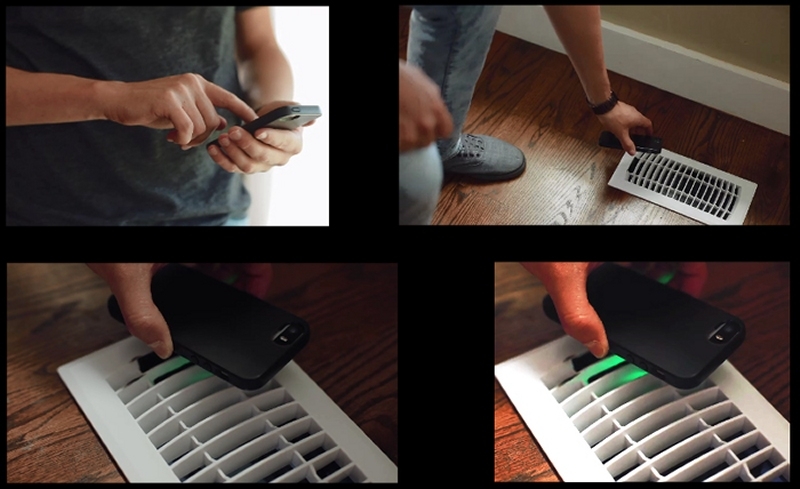
As you may know, heating and cooling accounts for half of your monthly energy bill on average. And while we've gotten hip to the idea of lowering energy consumption with smart thermostats, that really only addresses part of the issue.
Truth be told, we don't always want to cool or heat every room in the house while we are there. Think about it - why would you want to cool the spare bedroom or the dining room on a hot summer's day when you aren't even using it?
A Utah-based startup by the name of Circle Design Technology has a solution to this issue. It's called the E-Vent and as the name implies, it's a connected cooling / heating vent for your home. Simply replace a traditional vent with an E-Vent and you'll be able to control the flow of air remotely via the companion app from your mobile device.
Being able to open and close a vent alone would be enough to get some interested but the company didn't stop there. Each vent can be programmed using a barcode system for complete automated control. For example, a user could set up the vent in their bedroom to stay open during the night and close once they leave for school or work in the morning. When it's quitting time, the vent would open back up automatically.
Circle Design Technology has taken to Kickstarter to fund the device. A pledge of just $43 will secure two E-Vents with batteries which seems like a solid deal considering the potential energy savings. The company is seeking just $58,000 in funding and with 29 days left to raise the remaining $45,000, the campaign has a solid shot at reaching its goal.
If you're looking to cut back on energy usage and costs, I can't think of a better way to do so in the home - especially if you already own a smart thermostat.